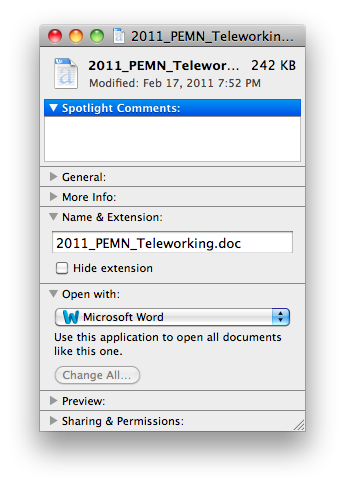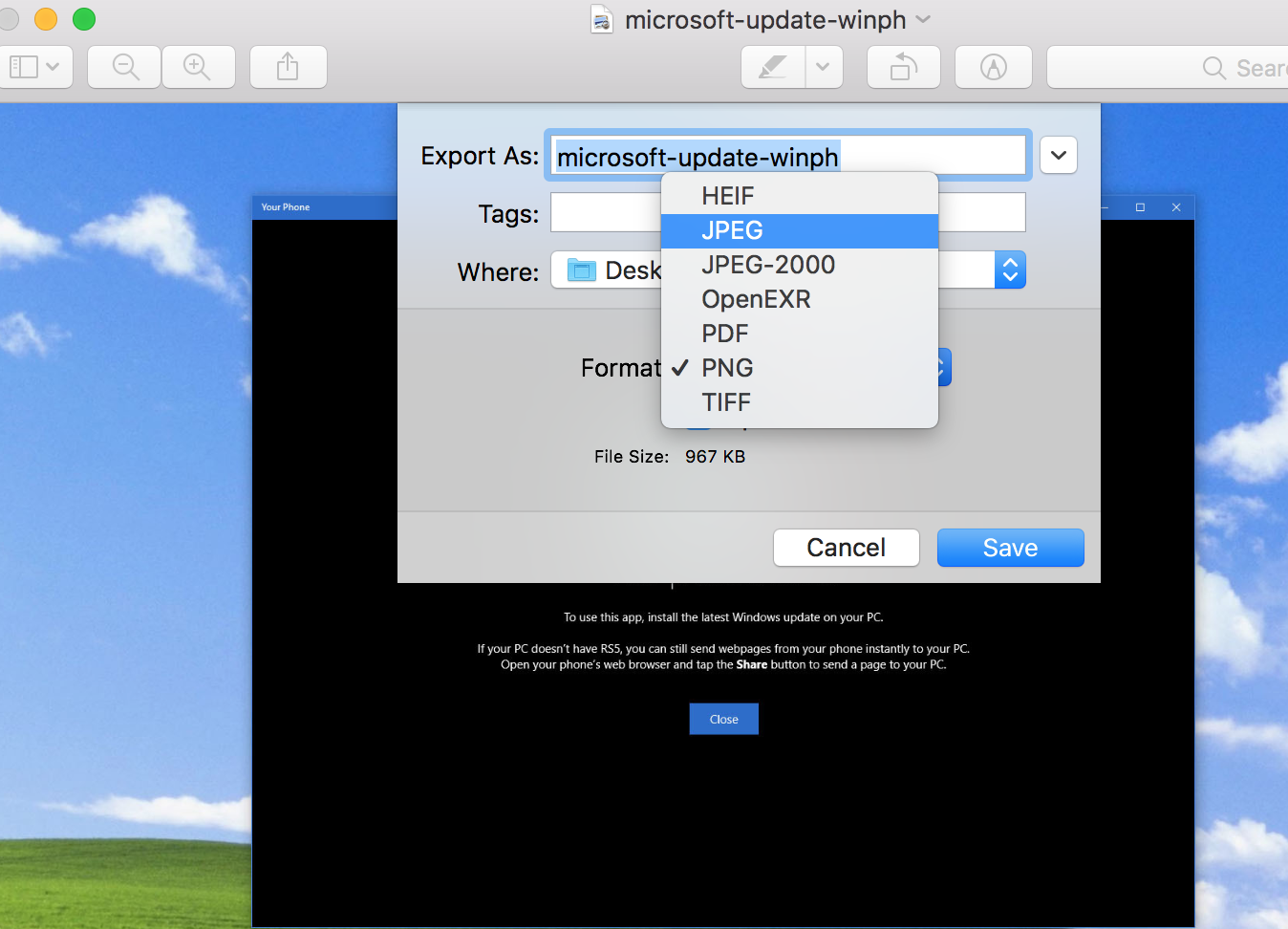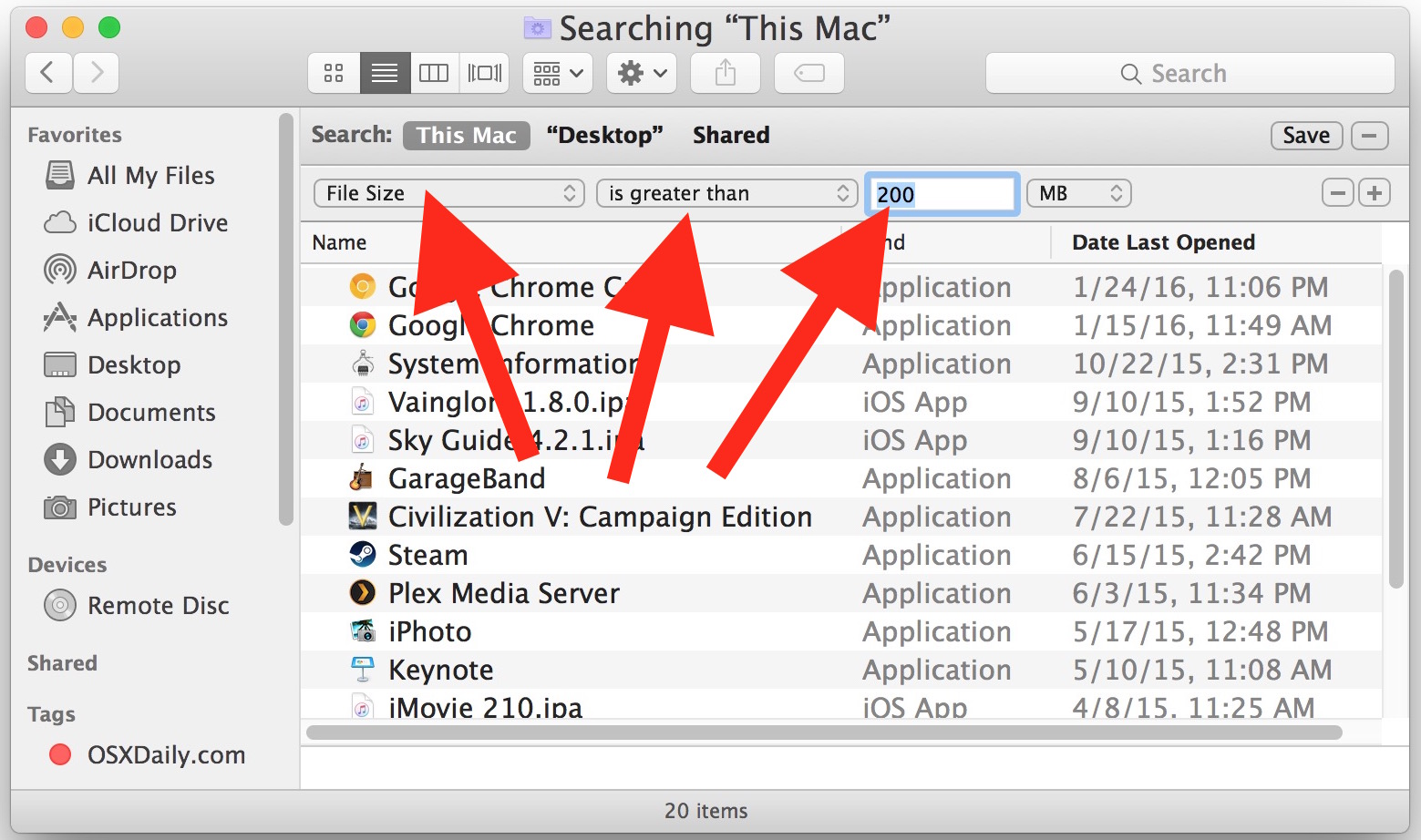-
Mac Os Search For File Type카테고리 없음 2020. 10. 27. 09:00
- Mac Os Search For File Types
- Mac Os Search For File Type Files
- Mac Os Search For File Type File
- Mac Os File
- Mac File System Type
- Bin File Type Mac
Search with Spotlight
Show or hide filename extensions on Mac. A filename extension appears at the end of some filenames, and looks like a period followed by a few letters or words (for example,.jpg). A file’s filename extension shows what type of file it is and what apps can open it. The Mac OS' Hierarchical File System stores codes for creator and type as part of the directory entry for each file. These codes are referred to as OSTypes. These codes are referred to as OSTypes. These codes could be any 4-byte sequence, but were often selected so that the ASCII representation formed a sequence of meaningful characters, such. File system formats available in Disk Utility on Mac. Disk Utility on Mac supports several file system formats: Apple File System (APFS): The file system used by macOS 10.13 or later. Mac OS Extended: The file system used by macOS 10.12 or earlier. MS-DOS (FAT) and ExFAT: File systems that are compatible with Windows. Open Disk Utility for me. MacOS (previously Mac OS X) is Unix-based desktop operating system for iMac, MacBook, MacBook Air, MacBook Pro, Mac Mini and Mac Pro computers, developed by Apple, Inc. The first version of is called macOS Sierra and it is successor of OS X El Capitan. It is distributed as a free upgrade through Mac.

Mac Os Search For File Types

Start a Finder search. There are several ways to access Spotlight via the Finder.
- Click in the upper-right corner of the menu bar, or press Command-Space bar.
- Enter what you want to find. You can search for something like “apple store” or “emails from emily”.
- To open an item from the results list, double-click the item. Or to quickly look through the results, use the Up Arrow and Down Arrow keys.
Search by file type or location
- To search by file type, use the word “kind” and the file type. For example, type “kind:folders” or “kind:audio”.
- To show the location of a file on your Mac, choose the file from the results list, then press and hold Command. The file’s location appears at the bottom of the preview. To open the file’s location, press Command-R.
- To see all the results from your Mac in the Finder, scroll to the bottom of the results list, then double-click “Show all in Finder.”
Get definitions, calculations, and conversions
Spotlight can show you dictionary definitions, calculations, measurement conversions, and more. Find out more ways to search with Spotlight.
Here are examples of what you can do:
- To get a definition, enter a word or phrase, then click the result in the Definition section.
- To get a calculation, enter something like “2+2” in the search field.
- To convert measurements, enter something like 25 lbs or “32 ft to meters”.
Find movie showtimes, weather, and nearby places
You can use Spotlight to search for movie showtimes, weather, and places near you.

Here are examples of what you can do:
Mac Os Search For File Type Files
- To get showtimes, enter the name of the movie that you want to see. To see what's playing near you, enter “showtimes.”
- To get local weather information, enter “weather.”
- To find restaurants near you, enter something like “places to eat,” then click a result in the Maps section.
Learn more

- Rebuild the Spotlight index on your Mac.
- Use Search on your iPhone, iPad, or iPod touch.
Mac Os Search For File Type File
Spotlight features might vary by country or region.
Mac Os File
A: Some Mac files have a 'Creator' and 'Type' identifier rather than a file extension. This comes from Mac OS 9 and previous versions of the Mac OS, in which most Macintosh files did not have file extensions. In Mac OS X, nearly all filenames include an extension, though files with no extension can still be opened.
If the associated program for the 'extensionless' file is installed, Mac OS X should automatically open the file with the correct program. If the application is not available, you may get an error saying the file cannot be opened. If this is the case, you may try to drag the file to an application you think might open the file. For example, if the file is a text file, try dragging it to TextEdit. If you think the file is a picture, try opening it in Preview. If it is an audio or video clip, try dragging the file to QuickTime Player to see if it will open.
Sometimes it is difficult to determine the file type of a file with no extension, but there are some programs that will show you the Creator and Type information, which can be helpful. For example, if the Creator is listed as 'SIT!,' you may be able to guess that the file is a StuffIt file, and therefore can be opened with StuffIt Expander.
Two programs that allow you to view the Type and Creator information of files include NameCleaner and FileType. These programs also let you alter the Creator and Type information, which usually should not be changed. If the Creator and Type information is modified incorrectly, no programs will recognize the file.
Mac File System Type
If you have tried the steps above and still cannot open the file, it is possible the file belongs to a Windows program and is just missing a file extension. You may want to transfer the file to a Windows-based computer to see if a Windows program will open it.
Bin File Type Mac
Updated: June 14, 2011